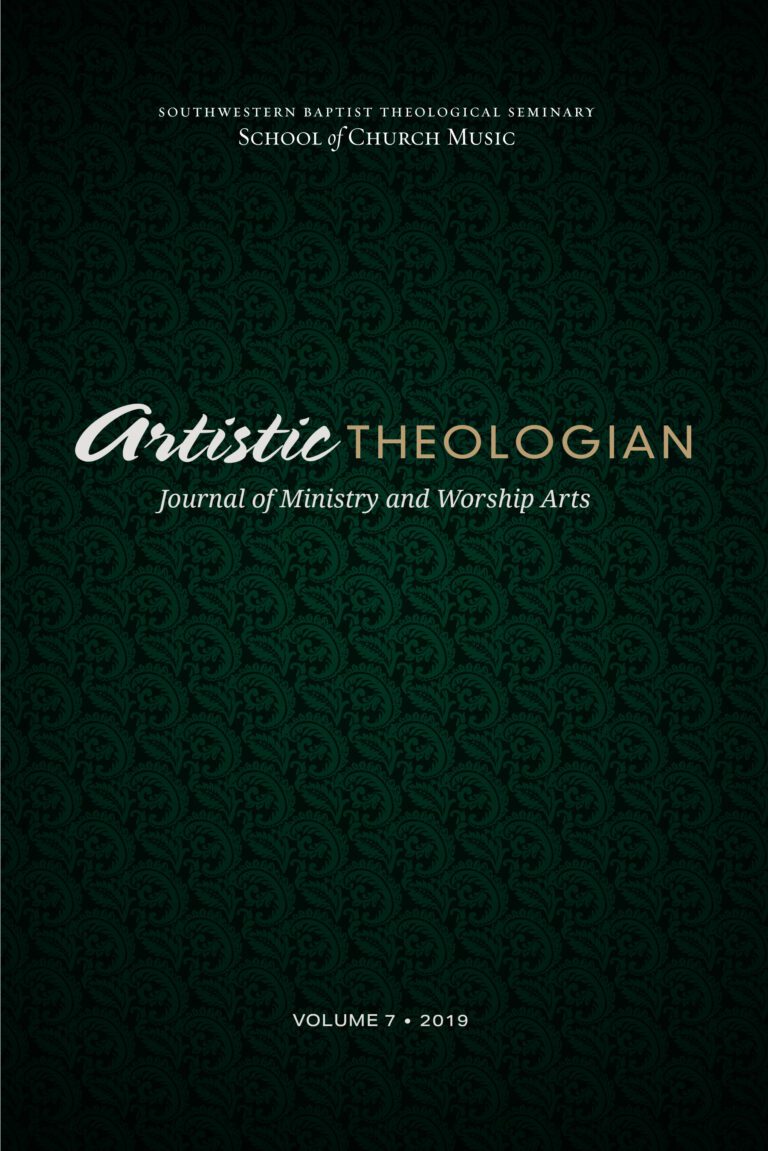
by Makoto Fujimura. Downers Grove, IL: InterVarsity Press, 2017. 160 pp. $17.00.
Could giving someone a bouquet of flowers dramatically change modern society? Makoto Fujimura, globally renowned artist and head of the Brehm Center for Worship, Theology, and the Arts at Fuller Theological Seminary, believes that performing such simple acts feeds the human soul and enables people to turn away from the destructive results of “culture war” and embrace instead the vocation of “culture care.” To effectively foster this change, Fujimura admonishes his readers to consider a fresh and more fruitful way of thinking—a generous, open-minded, and creative approach to culture that “brings bouquets of flowers into a culture bereft of beauty” (16).
This book is not written as a philosophy of culture with an exclusively Christian worldview; rather, it is a philosophy of art and culture whose Christian author presents a more universal approach to the subject. Fujimura believes that for society to thrive, artisans of all varieties and walks of life must cultivate their gifts amidst the thorns of an eroding cultural landscape. He proposes that every individual is equipped with the potential to fulfill their callings artfully and meaningfully, regardless of religious affiliation. The author’s thesis reflects this conviction: every human being can contribute creative, fruit-bearing actions that cultivate beauty and ultimately bring about significant changes in society.
The author’s discussion of beauty is a particularly effective point of the book because it is harmonious with themes found in Scripture. He states that God, the supreme Artist, created a world filled with diverse beauty—and although that beauty may not be essential for daily survival, it is “still necessary for our flourishing” and foundational in matters of faith (51). Fujimura explains that beauty inspires change: “what Christians call ‘repentance’—from the Greek metanoia, to turn back—is often sparked by an encounter with the beautiful” and Christ is the source of that beauty (54). In daily life, human actions may be evaluated and ultimately judged by how well they “lead toward beauty” (52). Thus, a full appreciation of the power and impact of beauty stands as a critical component of the author’s advocacy of culture care.
To further develop and strengthen his argument, Fujimura presents compelling examples of “border stalkers” throughout his- tory—people willing to humbly walk along the margins, work for the good of others, and fill the world with beauty (27). In 1963, Gospel singer Mahalia Jackson encouraged a weary Martin Luther King Jr. to preach to the gathered crowd from his heart, and the end result was his iconic “I Have a Dream” speech. In the nineteenth century, Vincent van Gogh, who descended from a long line of Dutch Reformed pastors, first learned to draw while evangelizing in the Belgian coal mines. Although he eventually came to deny the “God of the clergymen,” he never lost an awareness of God while work- ing among the poor. Van Gogh later declared that there was “nothing more truly artistic than to love people” (75). Fujimura states that exceptional persons such as these, who adopt a posture of servant- hood and openness toward the world around them, carry a lantern that leads others out of dark places—leaving behind impactful legacies.
Despite the book’s notable strengths, what the author leaves unaddressed is equally important to note. For those within the Christian faith, the counsel of Scripture reveals that human disconnection and cultural divides come through sin and through the influence of the enemy of the human soul. A fractured world and decaying culture are the inescapable outcomes of the fallen human condition. The spiritual war between forces of good and evil rages on, and culture provides one of its most intense battlegrounds: “For we do not wrestle against flesh and blood, but against the rulers, against the authorities, against the cosmic powers over this present darkness, against the spiritual forces of evil in the heavenly places” (Eph 6:12, ESV). In his albeit noble effort to speak to a wider and potentially unbelieving audience, Fujimura remains silent about the theology of sin and depravity—aspects of the Christian faith that lie at the heart of the topics he addresses.
Additionally, Fujimura considers society’s refusal to strive for a common life the “abject failure of our times” (39). But should Christians, who are called to be separate—to be “in the world but not of the world”—fully strive for a common, unified existence with modern culture? As author Scott Aniol aptly observes, New Testament authors “judge unbelieving culture as worthy of condemnation the culture produced from unbelief is not neutral; it is depraved.”2 Hope for modern culture is not found in mere appreciation and tolerance of one another—nor is it found in human artistic expression. Real hope is found only in Christ and his saving grace.
The wonderfully “diverse yet unified” culture that Fujimura envisions is not possible in this world. What he describes in this book is the eschatological reality of the coming kingdom of God—a future kingdom in which every created being will function perfectly in their God-given design and excellently fulfill the purpose for which they were created. Without explicitly saying so, the author points to the ever-nearing approach of the day when the human sojourn through culture is left behind and full citizenship in the kingdom of God is realized.
Fujimura’s eloquently written book is at once highly philosophical and expressly approachable, making it useful both in the scholarly realm as well as for discussion in church study groups. His message inspires individuals to perform works of beauty in their daily lives that point others to God, which is valuable and commendable. Perhaps, however, the author’s most compelling reason to embrace culture care is that it “prepares the way for the gos- pel to spread” (96).





